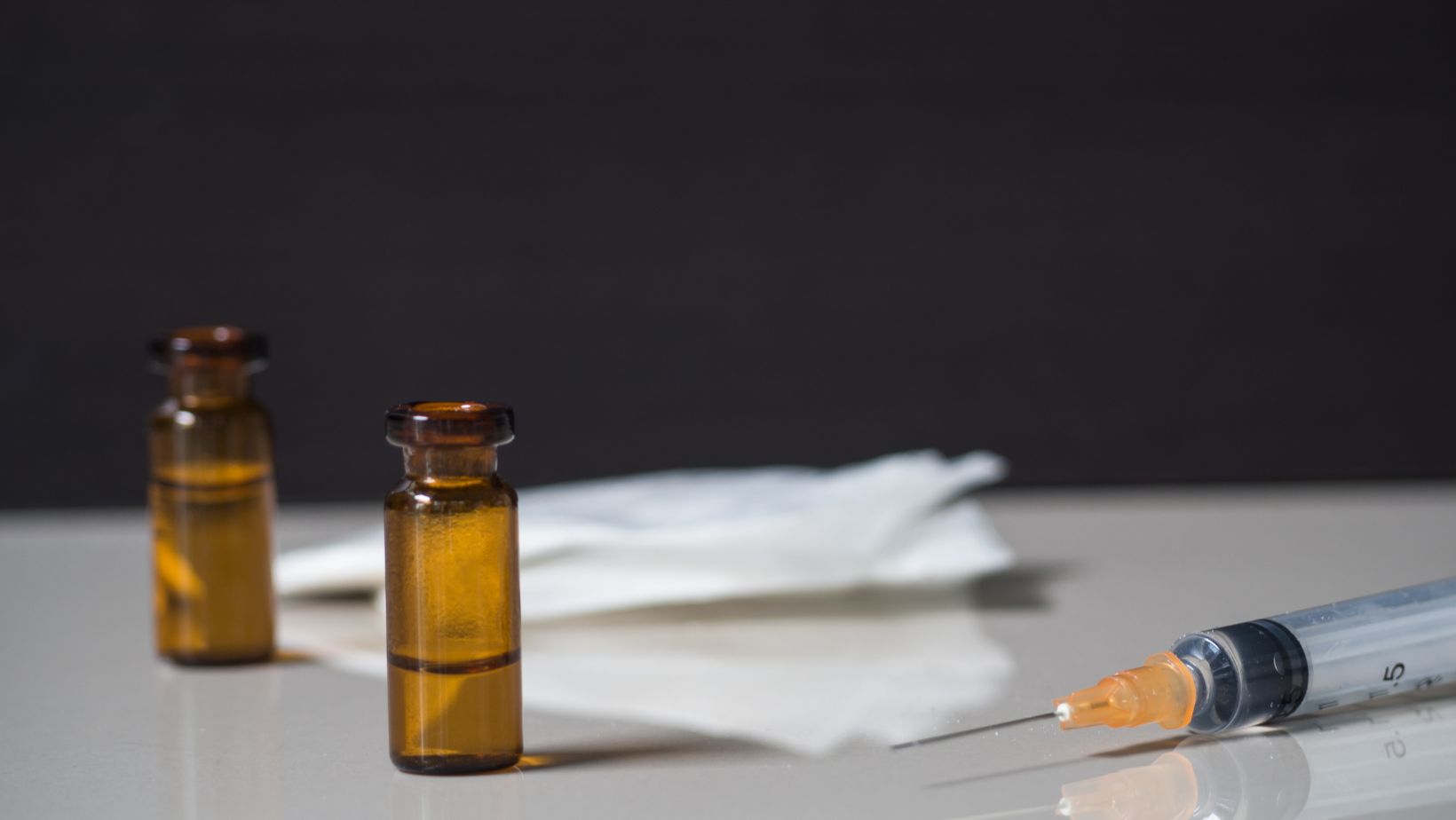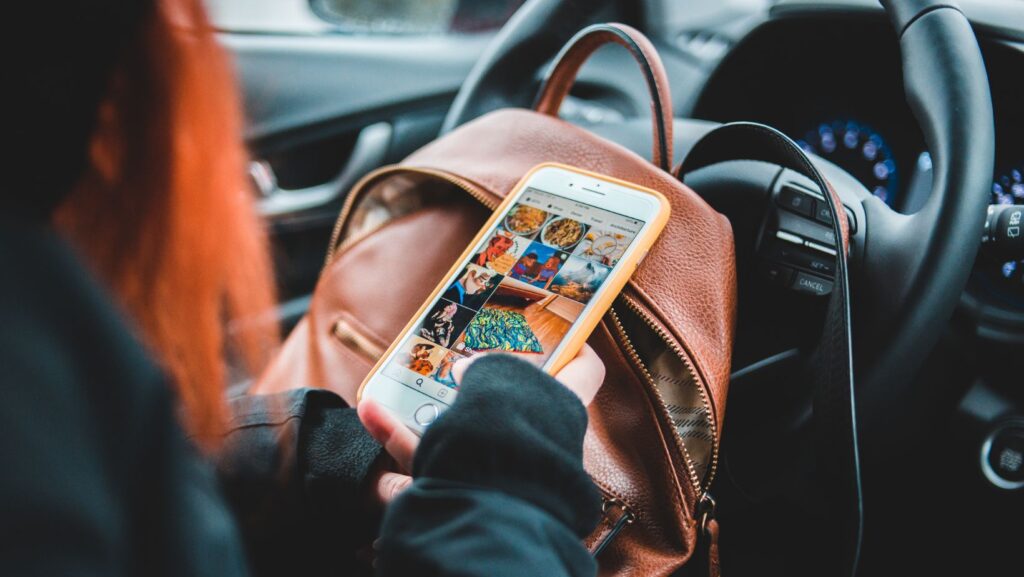Introduction
In the digital age, social media plays a powerful role in shaping public opinion and influencing behaviors. While social media is often criticized for its negative effects on mental health, it also serves as a tool for education and prevention, particularly in the fight against substance abuse. Awareness campaigns on platforms like Facebook, Instagram, TikTok, and Twitter have the potential to reach millions, spreading messages about the dangers of drug use and promoting healthier lifestyles.
This article explores how social media can be used to prevent substance abuse, the effectiveness of awareness campaigns, and the challenges associated with digital prevention efforts.
The Role of Social Media in Substance Abuse Prevention
1. Raising Awareness and Educating the Public
One of the most significant benefits of social media is its ability to disseminate information quickly and widely. Government agencies, nonprofits, and advocacy groups use social media to educate the public about substance abuse, addiction risk factors, and treatment resources.
For example, the National Institute on Drug Abuse (NIDA) runs social media campaigns targeting teens and young adults, providing factual content about the effects of drug use and addiction. Studies suggest that well-designed social media campaigns can increase awareness and positively influence attitudes toward substance use (Miller et al., 2020).
2. Promoting Positive Influences and Role Models
Many social media campaigns use influencers, celebrities, and recovering addicts to share personal stories about overcoming substance abuse. These stories provide relatable and authentic messages that can inspire others to make healthier choices.
For instance, the hashtag campaign RecoveryPosse on Twitter connects individuals in recovery, fostering a supportive online community where people share their journeys and encourage sobriety.
3. Encouraging Peer Support and Community Engagement
Social media platforms facilitate peer support networks, where individuals struggling with substance abuse can find encouragement and resources. Online communities such as Reddit’s r/stopdrinking and Facebook support groups provide safe spaces for users to share experiences, seek advice, and receive motivation from others on similar paths.
According to research in The Journal of Medical Internet Research, peer-driven digital communities have been linked to higher recovery success rates, as they help reduce stigma and provide instant access to support networks (Smith et al., 2021).
4. Providing Access to Resources and Treatment Options
Many prevention campaigns use social media to direct individuals to treatment centers, hotlines, and educational resources. Platforms like Instagram and TikTok have integrated features that provide crisis support links when users search for drug-related terms.
For example, the Partnership to End Addiction runs targeted ads and interactive posts that connect individuals with free counseling services, emphasizing early intervention and harm reduction strategies.
Effectiveness of Social Media Awareness Campaigns
While social media campaigns have shown promise, their effectiveness varies based on design, audience engagement, and messaging strategies.
1. Data-Driven Success Stories
Several studies highlight the impact of digital prevention efforts. A campaign by the Substance Abuse and Mental Health Services Administration (SAMHSA) saw a 20% increase in awareness of opioid risks among teens after launching a series of educational videos on YouTube (SAMHSA, 2022).

Similarly, Truth Initiative’s anti-smoking and anti-vaping campaigns have successfully used social media to lower tobacco and nicotine use among young people. Their interactive content and hashtag movements have reached millions, leading to measurable behavior changes.
2. Challenges and Limitations
Despite its advantages, social media-based prevention campaigns face several obstacles:
– Misinformation and Misinformed Trends: Some platforms inadvertently spread misinformation about drug use, glamorizing certain substances or promoting dangerous challenges.
– Algorithm Limitations: Social media algorithms prioritize viral content, which may not always align with educational or prevention-based messages.
– Short Attention Spans: With the rise of short-form content, delivering in-depth educational material can be challenging.
How to Strengthen Social Media Prevention Campaigns
For social media campaigns to be more effective, they should include:
1. Engaging and Relatable Content
– Using storytelling, personal experiences, and visually appealing graphics to capture audience attention.
– Leveraging humor, challenges, and interactive posts to encourage participation.
2. Collaboration with Influencers and Experts
– Partnering with mental health professionals, recovering addicts, and social media influencers to share credible messages.
– Creating partnerships with schools and local communities to extend the reach of online campaigns.
3. Real-Time Engagement and Support
– Ensuring that campaigns have interactive elements, such as live Q&A sessions, response-based polls, and direct messaging features.
– Providing immediate access to helplines and crisis intervention services for users seeking help.
4. Monitoring and Fact-Checking
– Implementing strategies to counter misinformation and promote scientifically backed content.
– Collaborating with social media platforms to detect and remove misleading or harmful drug-related content.
Conclusion
Social media has the potential to be a powerful tool in preventing substance abuse by spreading awareness, offering peer support, and connecting individuals to resources. While challenges such as misinformation and content visibility exist, well-structured campaigns that leverage engaging content, expert collaboration, and real-time support can make a significant impact.

As digital engagement continues to grow, harnessing the power of social media for substance abuse prevention can help create healthier communities and empower individuals to make informed choices about their well-being.
References:
– Miller, T. R., Hendrie, D., & Bhattarai, A. (2020). The role of digital media in substance abuse prevention. Health Affairs.
– National Institute on Drug Abuse (NIDA). (2021). Preventing Drug Misuse and Addiction: The Best Strategy.
– SAMHSA. (2022). Opioid Prevention Campaigns and Their Impact on Awareness.
– Smith, L. A., Johnson, K., & Reynolds, D. (2021). Peer-driven recovery communities on social media. Journal of Medical Internet Research.
